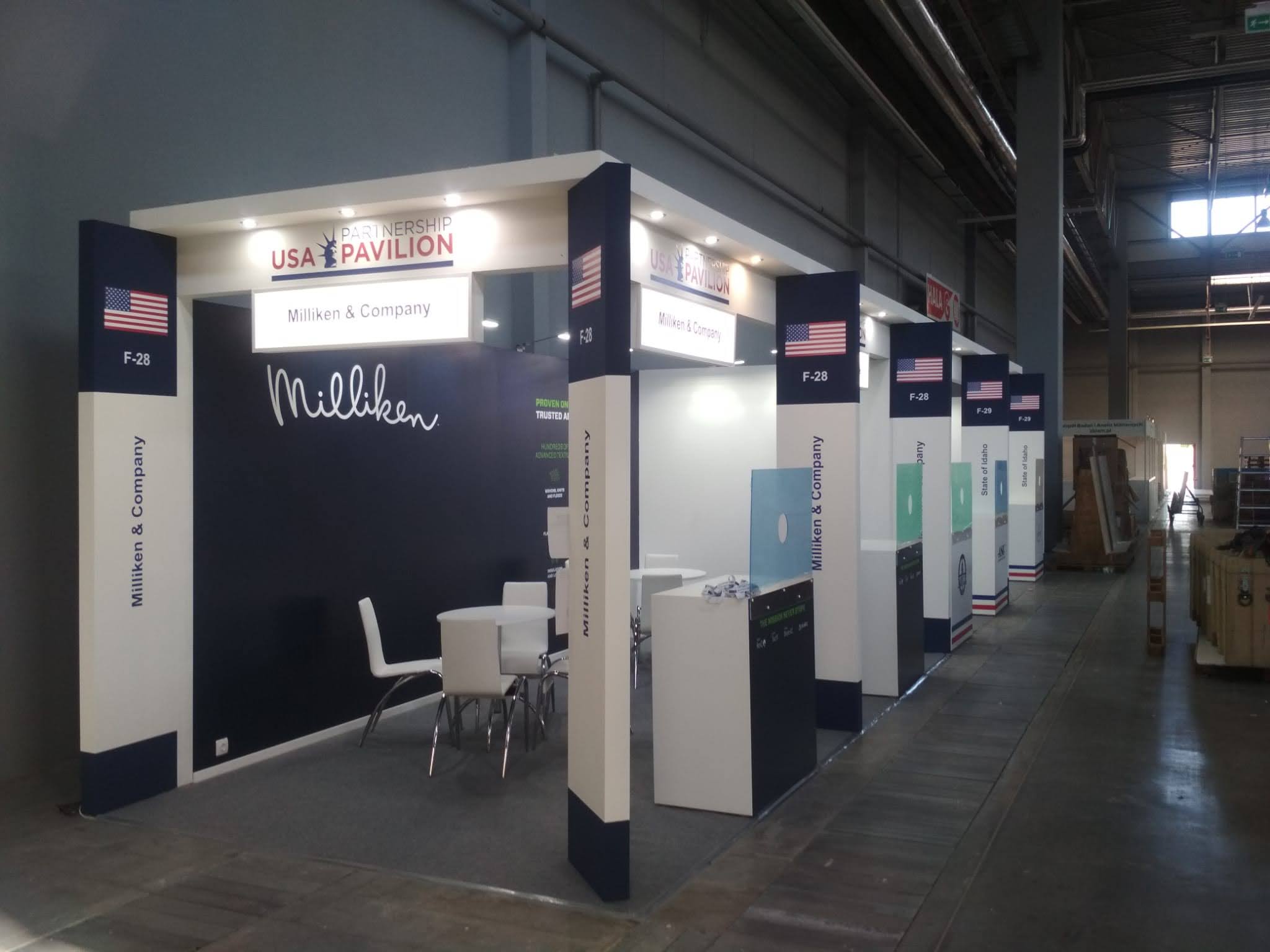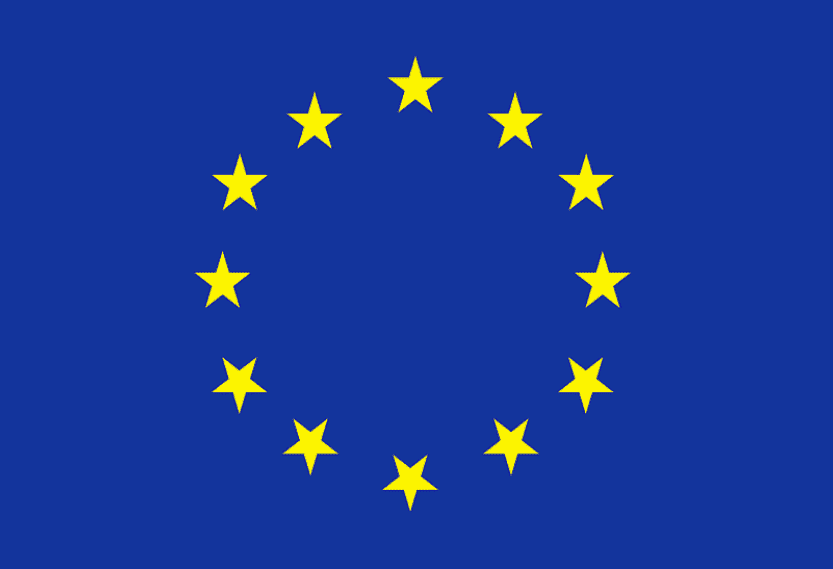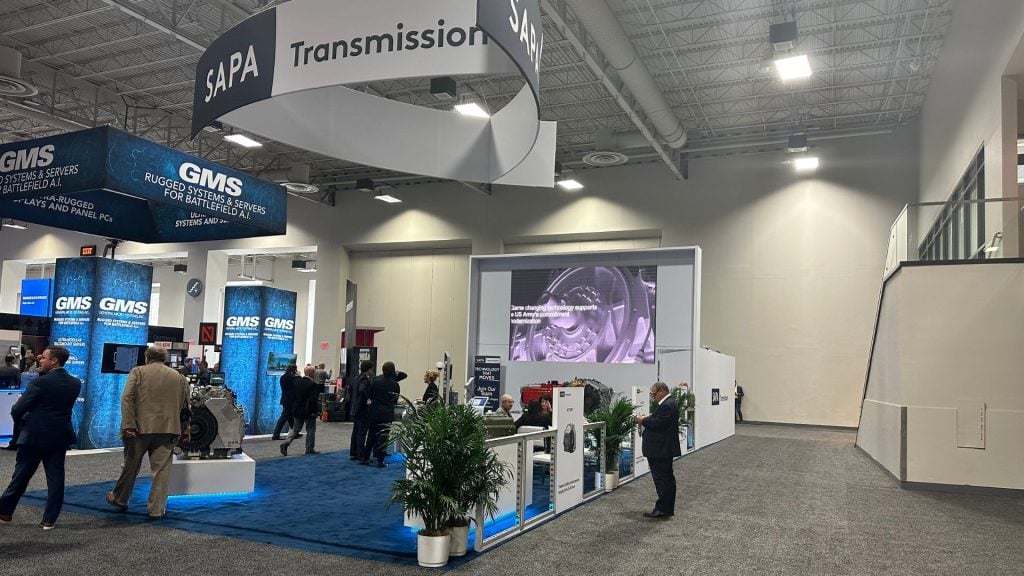
Introduction
In the fast-paced world of advertising, capturing consumers’ attention amidst the noise of traditional marketing channels can be a daunting task. This challenge has led to the rise of experiential advertising agencies that specialize in creating immersive and unconventional marketing campaigns.
Among these approaches, guerrilla marketing stands out as a bold and creative strategy that challenges traditional advertising norms. In this article, we’ll explore how experiential advertising agencies are embracing guerrilla marketing to captivate audiences and leave a lasting impression.
Understanding Guerrilla Marketing:
Guerrilla marketing is a marketing strategy that relies on unconventional, low-cost tactics to generate maximum impact and buzz. It often involves surprising and unconventional tactics that catch consumers off guard and create memorable experiences.
Unlike traditional advertising, which relies on paid media placements, guerrilla marketing leverages creativity, innovation, and word-of-mouth to reach and engage target audiences.
The Role of Experiential Advertising Agencies:
Experiential advertising agencies specialize in creating immersive brand experiences that engage consumers on a deeper level. They understand that today’s consumers crave authenticity, personalization, and interactivity in their interactions with brands.
By embracing guerrilla marketing tactics, experiential advertising agencies can create memorable and shareable experiences that resonate with consumers and drive brand awareness.
Key Characteristics of Guerrilla Marketing Campaigns:
- Creativity and Innovation: Guerrilla marketing campaigns often rely on creative and innovative ideas that challenge traditional advertising norms. Whether it’s staging a flash mob in a public space or creating an interactive art installation, guerrilla marketing campaigns aim to surprise and delight audiences with unexpected experiences.
- Unconventional Tactics: Guerrilla marketing campaigns often utilize unconventional tactics that deviate from traditional advertising channels. This could include street art, viral stunts, or pop-up events in unexpected locations. By thinking outside the box, experiential advertising agencies can create buzzworthy campaigns that capture consumers’ attention and generate excitement.
- Authenticity and Authenticity: Authenticity and authenticity are key components of successful guerrilla marketing campaigns. Consumers are drawn to brands that are genuine and transparent in their communications. Experiential advertising agencies strive to create authentic experiences that align with the brand’s values and resonate with consumers on a personal level.
- Word-of-Mouth and Social Sharing: Guerrilla marketing campaigns rely heavily on word-of-mouth and social sharing to amplify their reach and impact. By creating memorable experiences that consumers want to share with their friends and followers, experiential advertising agencies can leverage the power of social media to extend the reach of their campaigns and drive engagement.
Examples of Successful Guerrilla Marketing Campaigns:
- The Ice Bucket Challenge: The Ice Bucket Challenge, launched by the ALS Association in 2014, became a viral sensation and raised millions of dollars for ALS research. Participants were challenged to dump a bucket of ice water over their heads and nominate others to do the same, spreading awareness and raising funds for the cause.
- The Piano Staircase: Volkswagen’s “The Fun Theory” campaign transformed a staircase into a giant piano keyboard, encouraging people to take the stairs instead of the escalator. By adding an element of fun to everyday life, Volkswagen not only promoted physical activity but also generated positive brand associations.
- The Red Bull Stratos Jump: Red Bull’s Stratos Jump, in which skydiver Felix Baumgartner jumped from the edge of space, captured the world’s attention and generated widespread media coverage. The daring stunt showcased Red Bull’s brand values of courage, innovation, and pushing the limits of human potential.
Conclusion:
In conclusion, experiential advertising agencies are embracing guerrilla marketing as a powerful strategy to cut through the clutter and engage consumers in meaningful ways. By leveraging creativity, innovation, and authenticity, these agencies are creating memorable experiences that capture consumers’ attention and drive brand awareness.
As consumers continue to crave authentic and immersive brand experiences, guerrilla marketing will remain a valuable tool for experiential advertising agencies to connect with audiences and drive results.


 Global
Global Europe
Europe

